Signs that you have an underbite
Underbite, also known as reverse bite, is a relatively common pathological condition of abnormal jaw position and size, especially in Southeast Asia, with a rate of 4-6.5%.
The most common signs of an underbite are lower front teeth that protrude over the upper front teeth, a protruding chin, and a concave upper jaw. In severe cases, a plow-shaped or crescent-shaped face may be seen.
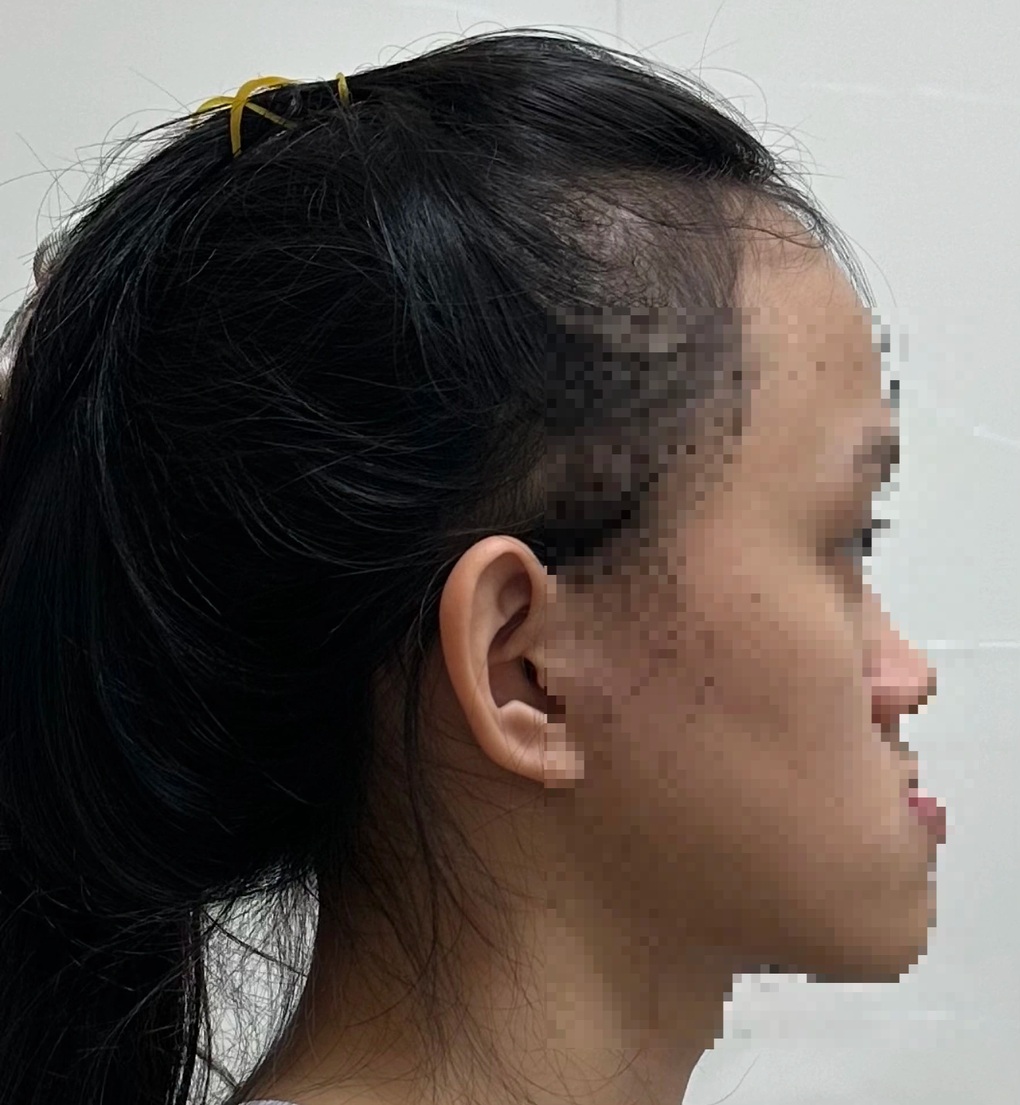
A young man has an underbite, also known as an overbite (Photo: Ngoc Quang).
An underbite can be caused by a receding upper jaw, a protruding lower jaw, or both.
There are many causes of underbite, it can be due to genetics, trauma, tumors that change the size of the jaw bone and craniofacial syndromes (Crouzon, Apert, Pfeiffer...).
There is no evidence that habits such as chewing on one side or sleeping on one side have any effect on the jawbone. The underbite pattern can arise from childhood or puberty, so there are patients who have normal faces in childhood but develop an overbite as adults.
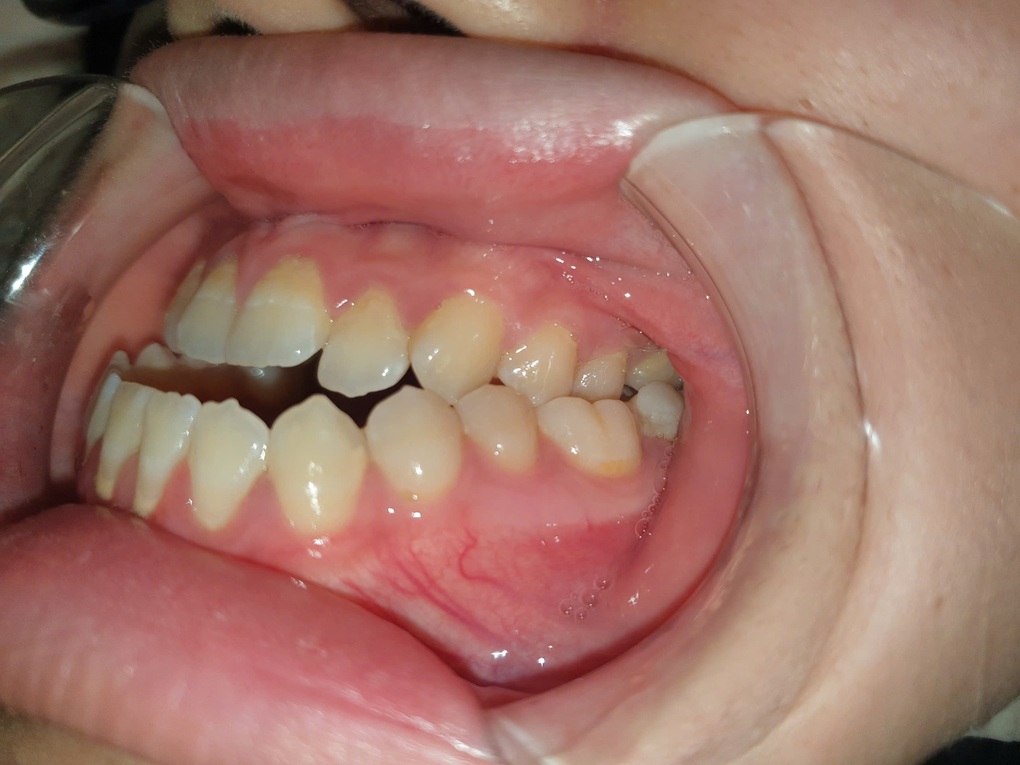
Many people have normal faces when they are young, but when they grow up they have an overbite (Photo: Ngoc Quang).
Signs of an overbite are the upper incisors positioned behind the lower teeth; the midface is flat, lacking convexity, the smile line area may be concave; the chin area is protruding forward and may deviate to one side, the patient may have a “plow” or “crescent moon” face shape similar to the witch face in western literature.
This physical defect is difficult to correct with camouflage treatments such as orthodontics, fillers or botox and has a negative impact on the patient's life chances and self-confidence.
The lower front teeth tend to be in front of the upper front teeth, making it difficult for the patient to eat and bite off food with the front teeth. Pronunciation can also be severely affected, leading to the patient having a lisp.
Crowded, crooked teeth create small gaps that are difficult to clean, and thin alveolar bone makes teeth prone to falling out in old age.
Can "plow" face be treated?
During the period when the child is losing his/her baby teeth, the dentist may have the child wear a facemask to pull the upper jaw forward. However, this method only works on the upper jaw.
Once puberty has passed, there are two main treatment options, one is camouflage orthodontics and the other is a combination of jaw surgery and orthodontics (also known as teeth straightening or braces).
Camouflage orthodontics involves using tooth movement to mask jaw misalignments. The orthodontist may use techniques to make the upper teeth overlap the lower teeth.
In most cases this method can help the patient's teeth look almost normal but the overall face does not change and even gets worse because the upper front teeth have to protrude further forward and the lower front teeth tilt further back. This can even damage the alveolar bone, increasing the risk of the lower front teeth falling out in the long term.
Jaw surgery combined with orthodontics is the most radical and effective treatment for underbite cases.
The treatment process needs to include two components: surgery to bring the jawbone back to its proper position and size, and orthodontics to adjust the teeth to fit together in the new position of the jawbone.
It should be emphasized that, in the vast majority of cases, a combination of orthodontics and surgery is essential to achieve optimal aesthetic and functional treatment results.
With the surgical method, the best time is at the end of puberty. Depending on the professional requirements, time and wishes of the patient, the doctor can proceed with the sequence of orthodontics before - surgery after or surgery before - orthodontics after.
There are currently three main techniques used in orthognathic surgery to correct underbite. For the upper jaw, the Le Fort I osteotomy technique is the most common method to move the upper jaw into its pre-planned position.
For the lower jaw, the Bilateral Sagittal Split Osteotomy (BSSO) technique is often used. Chin shaping technique can be performed simultaneously with 2-jaw surgery to create a more harmonious face.
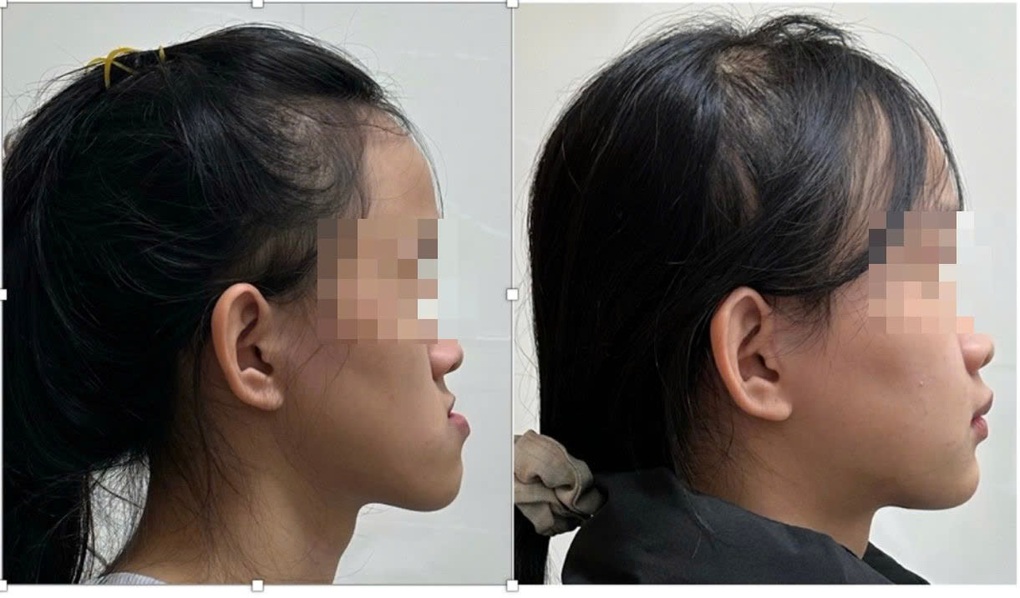
The patient's face improved a lot after surgery (Photo: Ngoc Quang).
Nowadays, with specialized software, doctors can accurately calculate the patient's deviation to come up with the most appropriate solution. The movement position of the jawbone is calculated with accuracy to the millimeter. Patients in Vietnam can also access these technologies as in developed countries around the world .
Jaw surgery to treat underbite has become a routine technique, each surgery only lasts 2-4 hours (previously it took 6-8 hours). After surgery, the patient only stays in the hospital for 2-3 days.
Immediately after surgery, the patient feels very little pain and can be controlled with common painkillers. 1-2 weeks after surgery, the patient can go to school, go to work; after 6 weeks, he can eat normally; the swelling will be completely gone after 6 months. The patient may have slight numbness in the upper and lower lips, which will usually go away after a few months.
Dr. Dong Ngoc Quang
Department of Plastic Surgery - Central Hospital of Dentistry and Maxillofacial Surgery
Source: https://dantri.com.vn/suc-khoe/lam-sao-xu-ly-guong-mat-luoi-cay-20250910130033116.htm














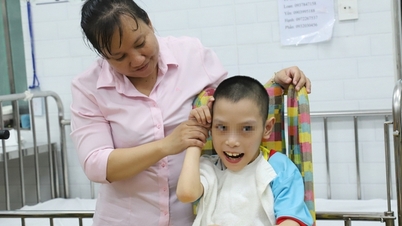



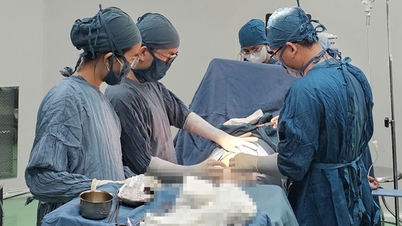








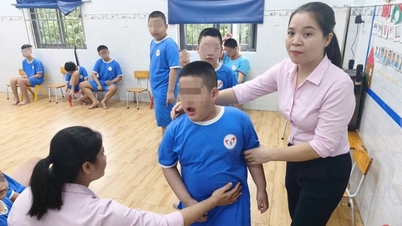

![[Photo] Worshiping the Tuyet Son statue - a nearly 400-year-old treasure at Keo Pagoda](/_next/image?url=https%3A%2F%2Fvphoto.vietnam.vn%2Fthumb%2F1200x675%2Fvietnam%2Fresource%2FIMAGE%2F2025%2F12%2F02%2F1764679323086_ndo_br_tempimageomw0hi-4884-jpg.webp&w=3840&q=75)
![[Photo] Parade to celebrate the 50th anniversary of Laos' National Day](/_next/image?url=https%3A%2F%2Fvphoto.vietnam.vn%2Fthumb%2F1200x675%2Fvietnam%2Fresource%2FIMAGE%2F2025%2F12%2F02%2F1764691918289_ndo_br_0-jpg.webp&w=3840&q=75)




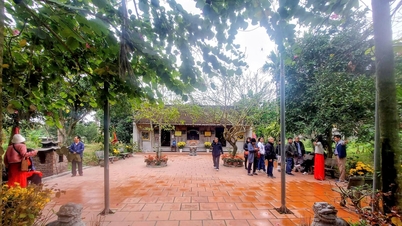















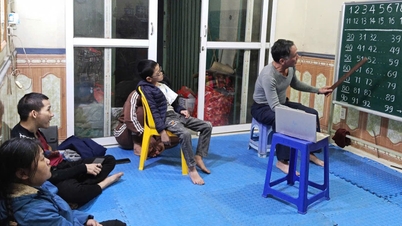

















































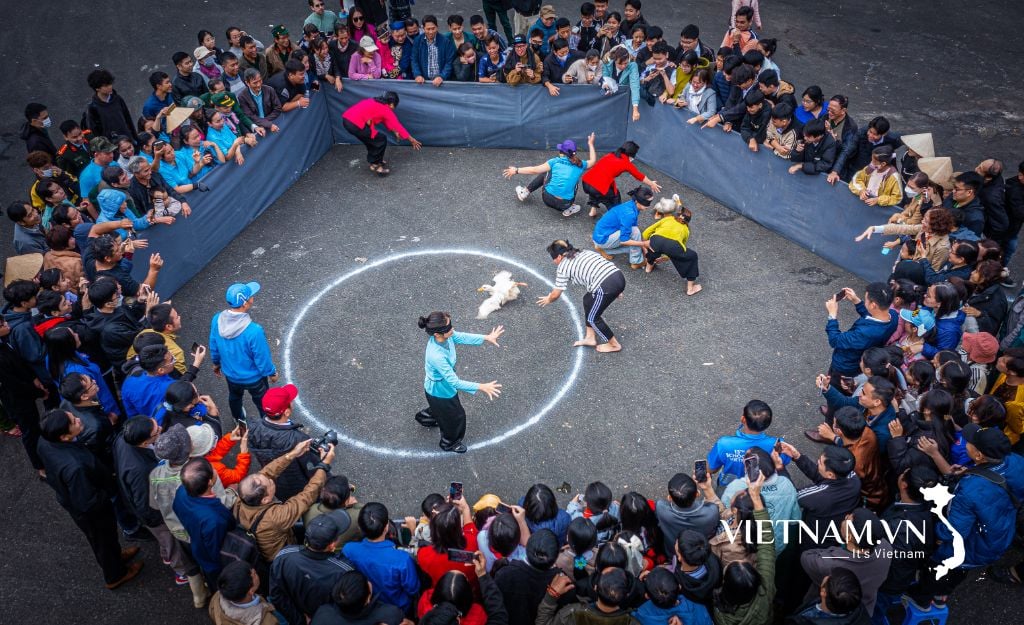
Comment (0)